Pushing the Boundaries of Culinary Art: Molecular Gastronomy
Molecular gastronomy, a fascinating blend of science and culinary artistry, transforms how we experience food. This innovative approach to cooking delves into the physical and chemical transformations of ingredients, allowing chefs to push the boundaries of traditional cuisine.
Originating in the late 20th century, molecular gastronomy combines the expertise of scientists and chefs’ creativity to craft visually stunning and delectable dishes. At its core, molecular gastronomy is about understanding the science behind cooking processes.
Techniques like spherification, foaming, and gelification create unique textures and flavors that challenge our perceptions of familiar dishes. For instance, a simple tomato soup can be transformed into delicate pearls or a light, airy foam, offering a new sensory experience.
This avant-garde culinary movement emphasizes taste and presentation and engages all the senses, creating an immersive dining experience. Chefs like Ferran Adrià, Heston Blumenthal, and Grant Achatz have popularized molecular gastronomy, captivating food enthusiasts worldwide with their inventive creations. As this field continues to evolve, it promises to redefine our understanding of food, making dining an exciting and unforgettable adventure.
Molecular Gastronomy Techniques
Here are some popular techniques in molecular gastronomy with brief descriptions:
- Spherification: This technique involves shaping a liquid into spheres that resemble caviar. The process uses sodium alginate and calcium chloride to create a thin gel-like outer layer while keeping the inside liquid. It’s commonly used to encapsulate juices, sauces, and other flavorful liquids.
- Foaming: Foaming uses an emulsifying agent to create a light, airy foam from a liquid. This technique can add a new texture and visual appeal to a dish, often using ingredients like soy lecithin or gelatin to stabilize the foam.
- Gelification: This technique transforms liquids into gels using gelling agents like agar-agar, gelatin, or carrageenan. It’s used to create unique textures and shapes, from solid cubes to delicate ribbons, enhancing the presentation and mouthfeel of a dish.
- Sous-Vide: In sous-vide cooking, food is vacuum-sealed in a plastic bag and cooked in a water bath at a precise, consistent temperature. This method ensures even cooking and can enhance flavors and textures, particularly in meats and vegetables.
- Emulsification: This technique combines two immiscible liquids, such as oil and water, to create a stable mixture. Emulsifiers like lecithin or egg yolks stabilize sauces, dressings, and foams.
- Flash Freezing: Using liquid nitrogen or other rapid freezing techniques, ingredients are quickly frozen to create unique textures and preserve freshness. This method can create frozen desserts, flash-frozen herbs, and more.
- Dehydration: Dehydration removes moisture from ingredients, concentrating flavors and altering textures. This technique creates crispy elements, powders, and chips from fruits, vegetables, and meat.
- Transglutaminase (Meat Glue): Transglutaminase is an enzyme that binds proteins together, allowing chefs to create uniform shapes and textures in meats. It’s often used to form seamless roulades or combine different cuts of meat.
These techniques allow chefs to explore new culinary possibilities, transforming ordinary ingredients into extraordinary dining experiences.
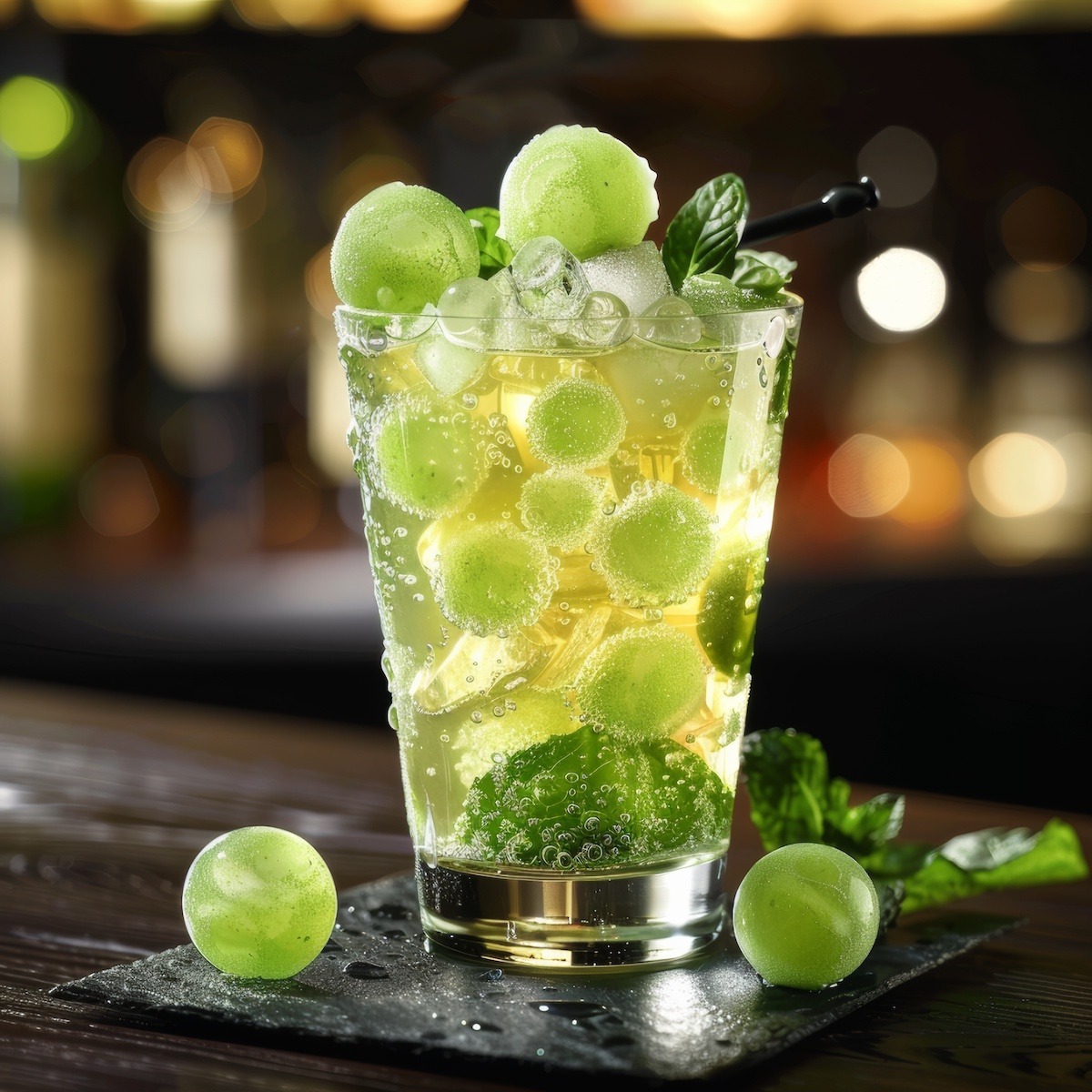
Recipes Featuring Molecular Gastronomy
Molecular gastronomy has inspired a range of innovative recipes that showcase its unique techniques and scientific approach to cooking. Here are some notable examples:
- Balsamic Vinegar Pearls: Made using spherification, these pearls resemble caviar but are filled with balsamic vinegar. They can be used as garnishes for salads or desserts, adding bursts of flavor.
- Foie Gras Foam: A luxurious dish where foie gras is transformed into a light, airy foam using a whipping siphon and emulsifying agents. It’s often served atop savory dishes to enhance richness and texture.
- Sous-Vide Steak: Cooking steak sous-vide ensures even doneness throughout, maintaining juices and tenderness. After sous-vide, it’s often finished with a quick sear for caramelization.
- Mango Ravioli: Using spherification, mango puree is shaped into small spheres resembling ravioli. These “ravioli” can be filled with coconut cream or other complementary flavors for a tropical dessert.
- Frozen Olive Oil Powder: Olive oil is transformed into a fine powder using techniques like maltodextrin or freeze-drying. This powder can be sprinkled over dishes to impart intense olive oil flavor in a unique form.
- Molecular Mojito Spheres: These cocktail-inspired spheres are created using spherification with a mojito mixture. They encapsulate the flavors of lime, mint, and rum and can be served as a playful twist on the classic cocktail.
- Chocolate Mousse Air: Chocolate mousse is turned into a light, ethereal foam using foaming techniques and stabilizers. This airy dessert is decadent yet surprisingly delicate.
- Caviar of Tomato Soup: Tomato soup is spherified into small caviar-like spheres using spherification techniques. These spheres can then garnish soups or salads, offering bursts of tomato flavor.
These recipes illustrate how molecular gastronomy techniques can elevate traditional dishes into visually stunning and creatively presented culinary experiences that appeal to both the palate and the senses.
Places to Study Molecular Gastronomy
You can study molecular gastronomy at various culinary schools, universities, and specialized institutes worldwide. Here are some notable places where you can pursue education in molecular gastronomy:
- The Cooking Lab: Located in Bellevue, Washington, USA, this lab offers workshops and classes focusing on modernist cuisine and techniques, including sous-vide, spherification, and foaming.
- The Culinary Institute of America (CIA): The CIA, with campuses in New York, California, Texas, and Singapore, includes modules on modern cooking techniques that incorporate aspects of molecular gastronomy.
- Basque Culinary Center: Located in San Sebastian, Spain, this culinary school offers courses and degrees in gastronomy, including modern cooking techniques that explore scientific principles in cooking.
- University of Hertfordshire: Offers a Bachelor of Science (BSc) degree in Culinary Arts Management with modules in molecular gastronomy and food science.
- Nordic Food Lab: Based in Copenhagen, Denmark, this research institution focuses on culinary experimentation and innovation, including aspects of molecular gastronomy.
- Institut Paul Bocuse: Located in Lyon, France, this renowned culinary school offers programs that cover modern culinary techniques, including molecular gastronomy.
- Harvard University Science and Cooking Course: While not focused solely on molecular gastronomy, this course explores the scientific principles behind cooking, including topics relevant to molecular gastronomy.
These institutions offer a range of programs, courses, and workshops where you can learn from experts in the field about molecular gastronomy techniques, culinary science, and the intersection of food and technology.
Is A Culinary Career Right For Me?

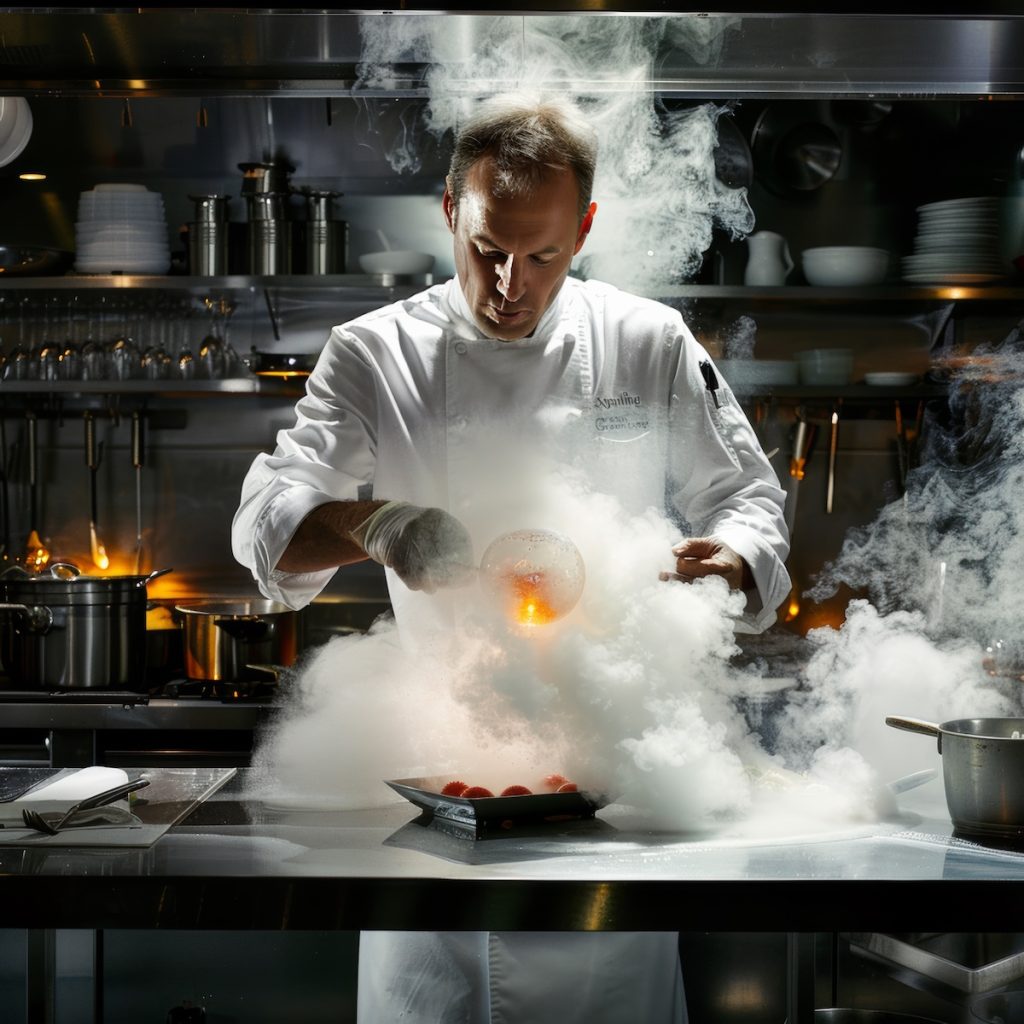
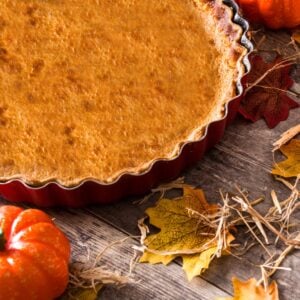

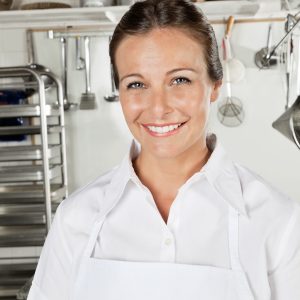
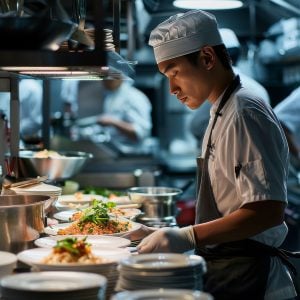
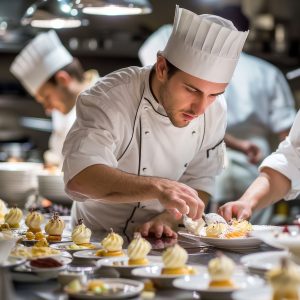
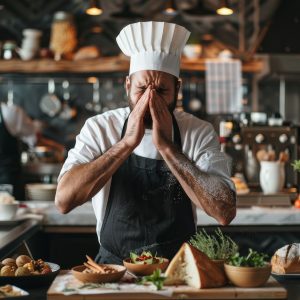

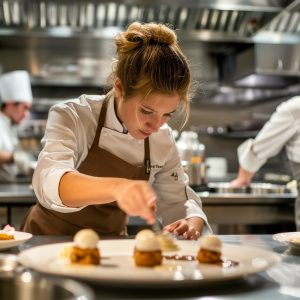



2 Responses
i want to learn this course – molecular gastronomy .
im intresting in molecular cusine online certificates